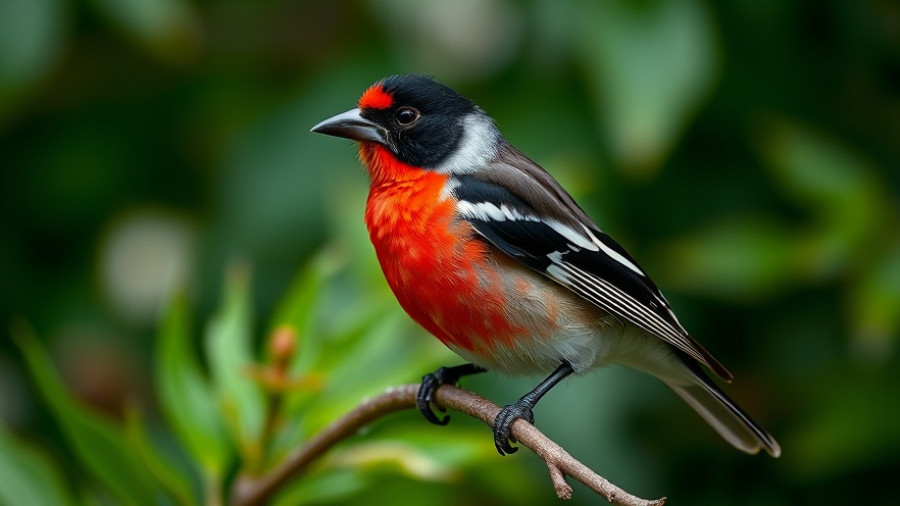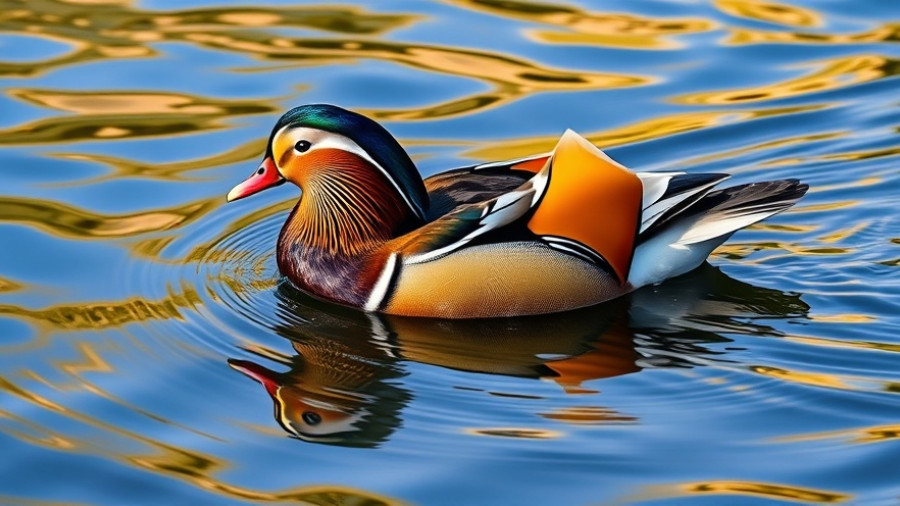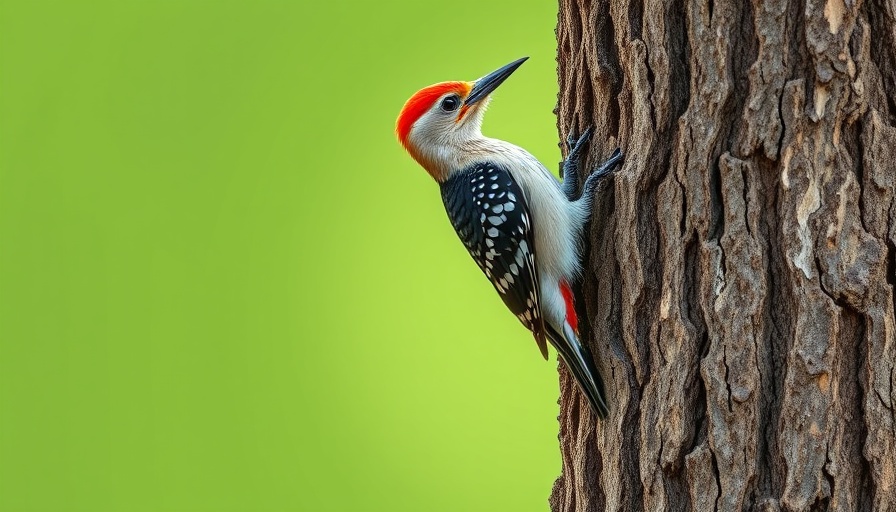
The Fascinating World of Grosbeaks
Grosbeaks, known for their hefty, seed-crunching beaks, showcase an intriguing example of evolutionary diversity in birds. Contrary to what their names might imply, the well-known Rose-breasted Grosbeak and Evening Grosbeak belong to different biological families altogether. This nuance arises from the fact that thick, conical beaks adapted for cracking tough seeds evolved independently across various avian lineages.
Unpacking the Family Connections
The Rose-breasted Grosbeak (Pheucticus ludovicianus), often associated with cardinals, is indeed a member of the cardinal family. On the other hand, the Evening Grosbeak (Coccothraustes vespertinus) finds its relatives in the finch family, which also includes familiar birds like goldfinches and crossbills. The word 'grosbeak' itself derives from old European roots meaning 'large' or 'thick', a fitting descriptor for their strong bills, yet the shared name belies their actual genetic connections.
Regional Names and Cultural Heritage
In areas influenced by Cajun culture, particularly in Southeast Texas and parts of Louisiana, another bird is referred to as a 'gros-bec'. The Yellow-crowned Night-Heron (Nyctanassa violacea) has adopted this name due to its stout beak, ideally suited for crunching through crabs and other aquatic prey. This regional nomenclature not only highlights the diversity in bird life but also showcases how language and local traditions intertwine with wildlife.
Why Understanding Grosbeaks Matters
Recognizing the evolutionary paths of grosbeaks enriches our understanding of biodiversity and adaptability among avian species. Each classification tells a story of how environmental pressures shape anatomy and behavior. As conservation efforts become increasingly important in preserving these species, awareness of their unique traits and needs can guide better habitat management and protection strategies.
Take Action to Protect Our Feathered Friends
The significance of thorough knowledge about birds like grosbeaks extends beyond academic interest. It encourages actionable insights and decisions that can foster a healthier ecological balance. Supporting bird conservation initiatives and participating in local habitat restoration projects can have a lasting impact on their populations. Every effort counts in safeguarding the beauty and biodiversity of our planet.
 Add Row
Add Row  Add
Add 




Write A Comment